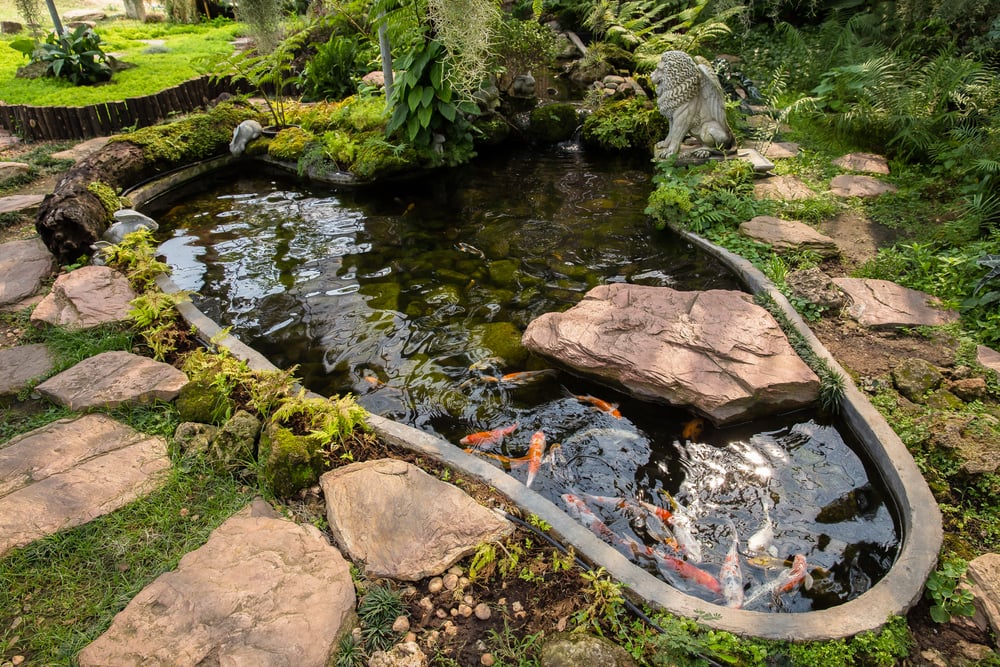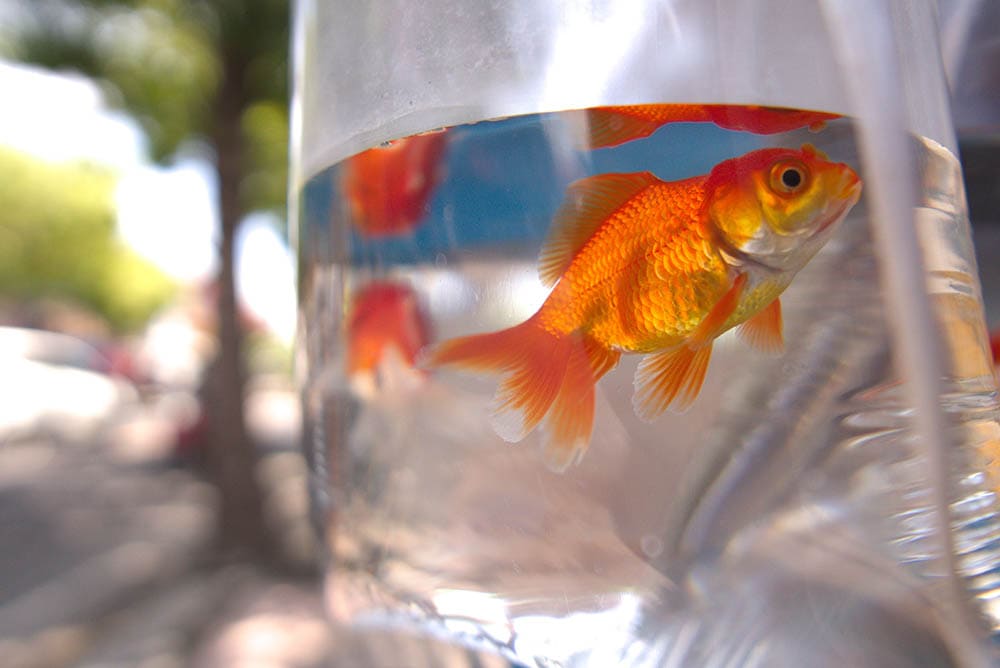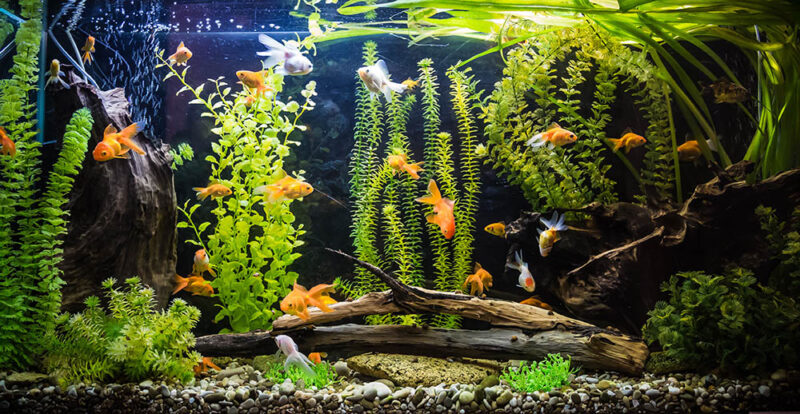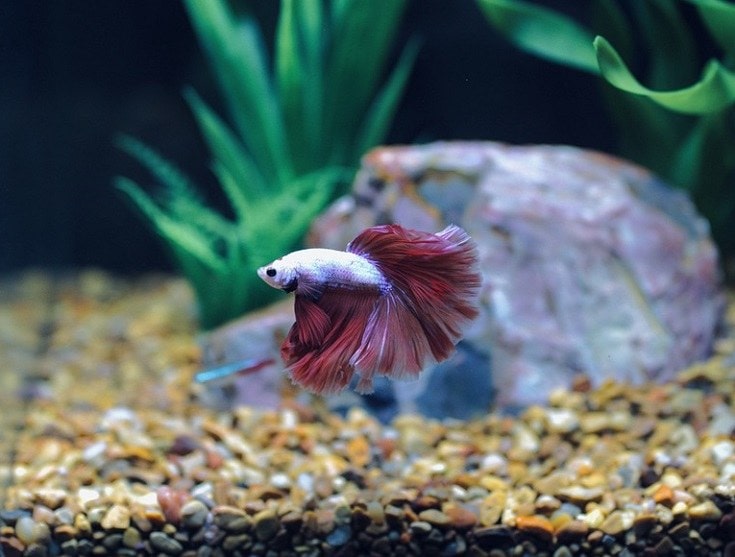
Angelfish are beautiful and colorful fish that originate from either tropical freshwater or saltwater. These fish can be found both in the wild and in captivity, and they are commonly kept as pets. Angelfish are easy to identify, and their popularity in the aquarium hobby has been growing throughout the years.
Even though angelfish are seen as a popular and common pet fish around the world, there are some facts about these fish that you might not know about, which we will discuss in this article.
The 9 Facts About Angelfish
1. There Are Around 86 Different Species of Angelfish
The name “angelfish” is a broad term used to describe approximately 86 different species of angelfish and three distinct species. Although most of the angelfish kept as pets are freshwater angelfish, there are plenty of other species in wild habitats.
Each of these species has different variations, and they each live in different habitats, either in a marine or freshwater environment. Most species of marine angelfish can be found in the Caribbean seas or the Pacific and Indian oceans.
Around six species of angelfish are distributed in freshwater habitats. With so many different species of angelfish, the habitat and distribution between each species are vast and they are available in hundreds of different phenotypes.
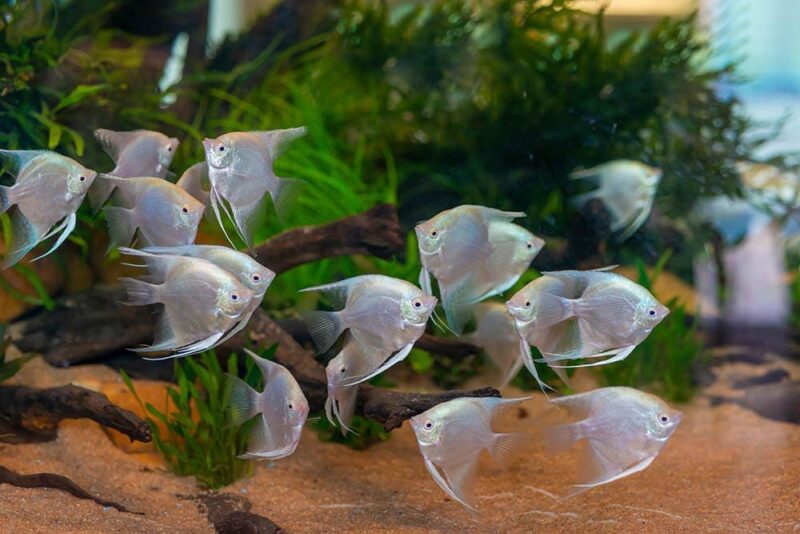
2. They Are Part of the Cichlid Family
Angelfish are part of the Cichlidae family, which consists of 1,600 species with many more still being discovered. This might come as a surprising fact since cichlids are often thought to be colorful and highly aggressive carnivorous fish like the Oscar or blood parrot. However, angelfish belong to this family, and it is likely why they often show aggressive tendencies towards other fish.
Even though angelfish and cichlids are part of the same family, it is not a good idea to mix these two fish in an aquarium, as they will be aggressive towards each other.
3. Angelfish Are Carnivores in the Wild, But Omnivores in Captivity
In the wild, angelfish eat a carnivorous diet. Their diet includes small crustaceans, smaller fish, insects, and worms that they will hunt for. However, in captivity, many fish keepers find it difficult to replicate the angelfish’s natural diet and opt to feed their angelfish an omnivorous diet that consists of commercial pelleted food instead.
The majority of the wild angelfish’s diet is carnivorous, but they have been observed to eat plant matter on occasion. This means that feeding your angelfish omnivorous diet in captivity isn’t going to harm their health if their diet is supplemented with live or freeze-dried worms or crustaceans to ensure that they are getting all the nutrients they need to stay healthy.
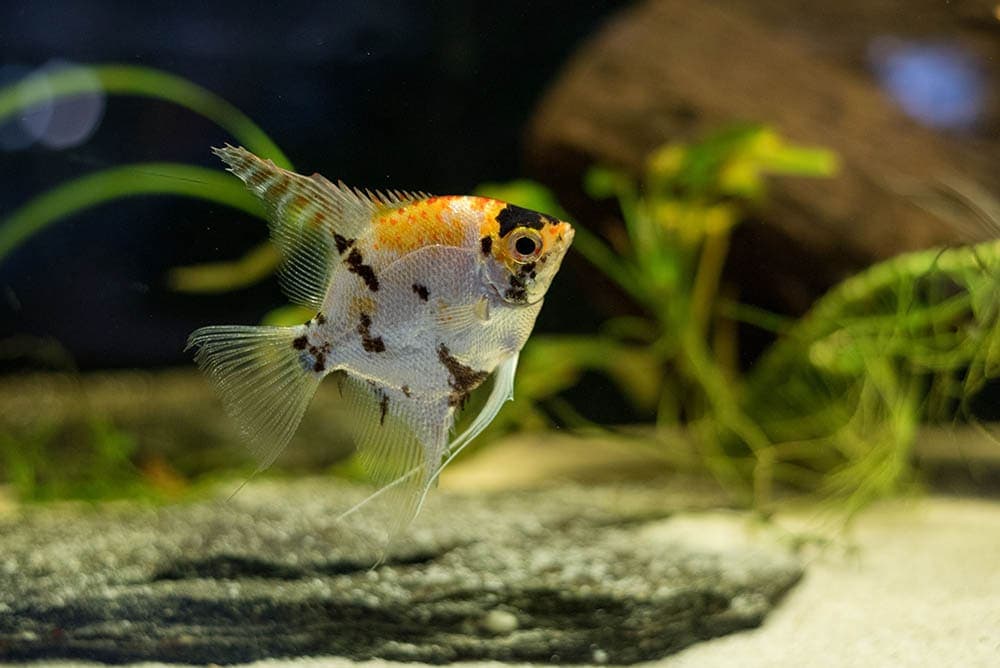
4. Angelfish Mate for Life in Captivity
Angelfish can be described as the swans of the sea, and much like the swan, angelfish have been known to mate with only one other angelfish through their lifetime if they are kept with a small group of angelfish in an aquarium.
This doesn’t happen in the wild though, as angelfish will only stay with one mate during a single mating period because they have more options to choose from than they do in an aquarium.
Certain types of angelfish like the French angelfish (Pomacanthus paru) are often seen in a monogamous relationship and will help each other defend their territory and stay together for a fairly long time. However, if one of the angelfish was to die, the mate would likely move on during the next breeding period.
5. They Live for a Long Time
Many people see fish as disposable and short-lived pets, but many types of fish have very long lifespans and can even outlive dogs. Angelfish are a great example of a fish that can live for a long time, and their lifespan is typically around 10 to 15 years. Not all angelfish will live this long, as factors such as disease, poor genetics, or injury can lead them to live a shorter lifespan and die early.
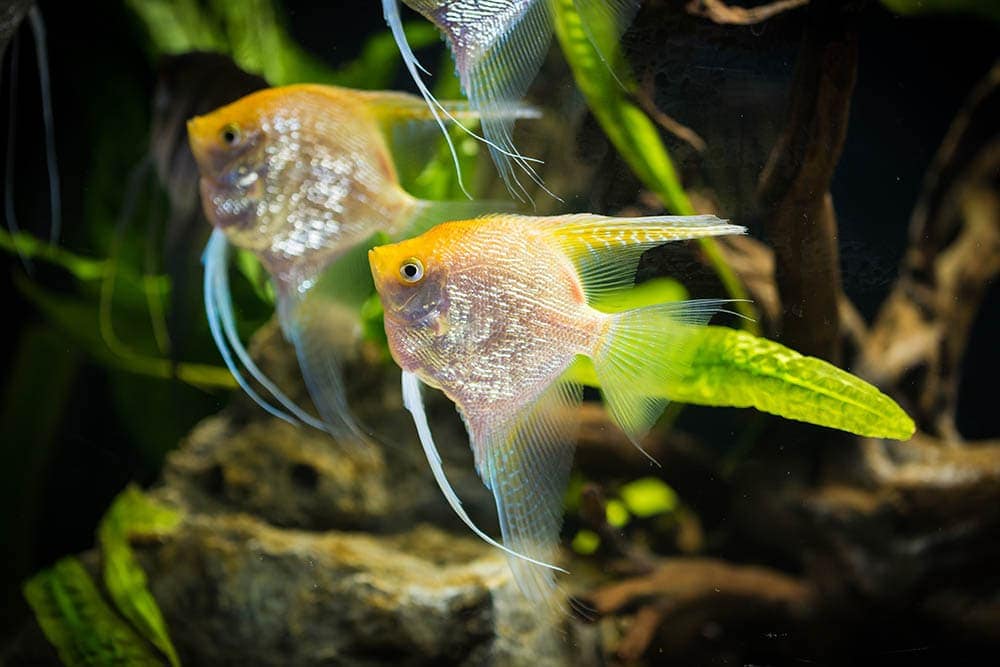
6. Angelfish Can Grow Quite Large
Angelfish are not recommended for small aquariums for a reason—they can grow very large. The size of an adult angelfish will depend on their species, age, and diet, but most angelfish can reach 12 inches in size. Although you will find that captive angelfish rarely grow larger than 8 inches in size, with some of the smaller species only growing to 2 inches maximum.
This makes most species of angelfish better suited for larger aquariums even if you get them at a small size from a pet store. The smaller species of angelfish like the P. leopoldi can be kept in a medium-sized aquarium, but other species that grow between 6 to 12 inches require larger aquariums.
A larger aquarium gives the angelfish more room to swim and exhibit their natural behaviors while being easier to maintain.
7. Angelfish Raise and Protect Their Young
A breeding pair of angelfish will work together to defend their eggs from predators, and in aquariums that could be other fish. Aside from being territorial, angelfish are protective over their young and will even help raise the fry until they start to develop their fins.
This doesn’t last forever though, and some species of angelfish may begin eating older fry, which is why some breeders will remove the parents from the breeder’s tank once the fry is starting to swim around.
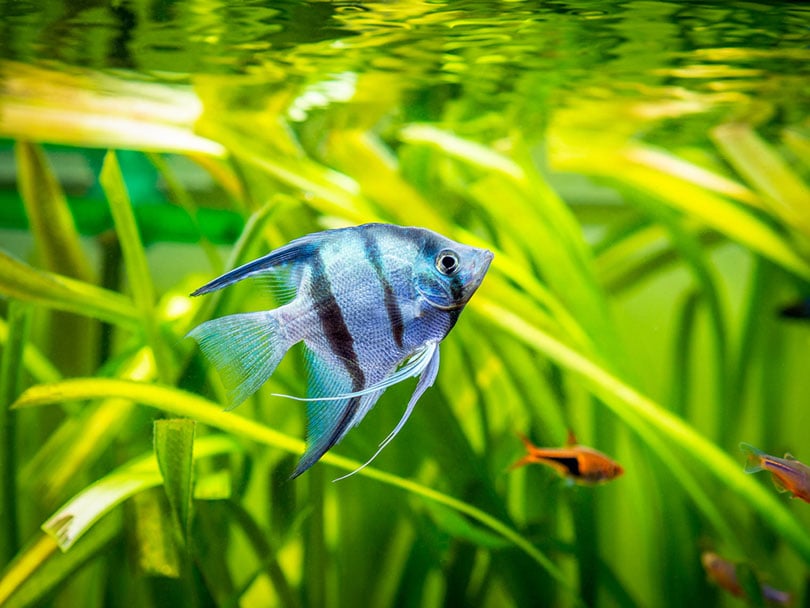
8. They Can Be Aggressive
As a member of the cichlid family, angelfish—despite their name—don’t always display angelic behavior. Angelfish can become quite territorial and aggressive towards other fish, which can cause problems in communal aquariums.
However, most angelfish are generally calm and peaceful when kept in the right aquarium conditions with appropriate tank mates, and their aggression will only flare up occasionally during the breeding period. Angelfish may chase, nip, and bully other fish that come near their nests or eggs.
9. Angelfish Have Many Different Color Variations
Wild angelfish typically have a brownish-silver color with black or dark brown stripes. This allows them to camouflage themselves in their environment, hiding amongst the tree roots and branches that grow throughout their habitat. In captivity, angelfish have seen a wide range of color variations that you wouldn’t find in the wild.
Captive-bred freshwater angelfish are seen with the most color and pattern variations, such as the zebra angelfish with a white-silverish body and black stripes, to the orange and silver koi angelfish variation.

Conclusion
Angelfish are an amazing species of fish to keep, and maintaining an angelfish aquarium is a rewarding experience. In comparison to other types of cichlids, angelfish are fairly easy to keep, and they are known to be less aggressive than other fish in the same family.
By providing your angelfish with a large aquarium, a healthy diet, good water parameters, and compatible tank mates, you will be able to raise a healthy group of adults that can live for the next decade.
Featured Image Credit: slowmotiongli, Shutterstock


